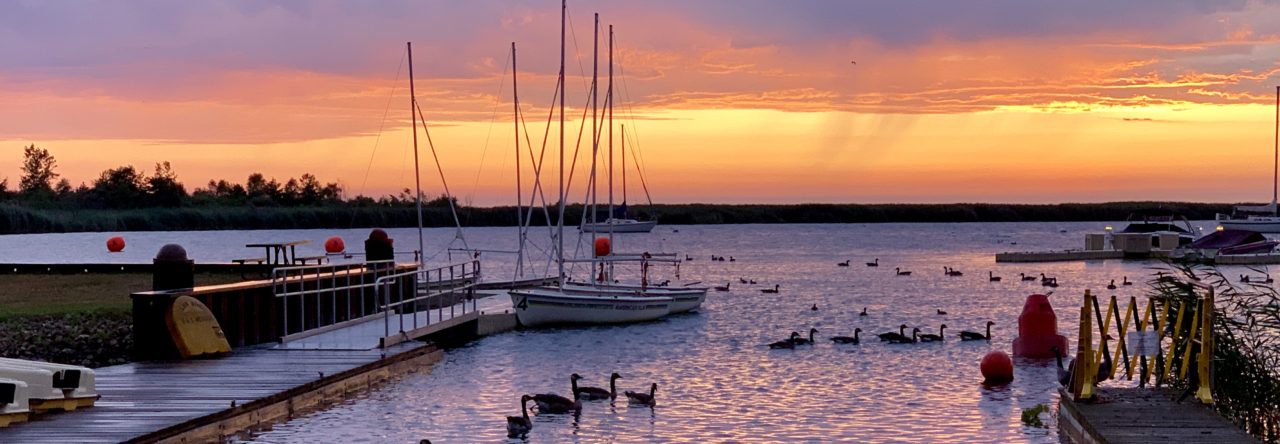Recently, I read an article discussing five different gardens in Tokyo to discover wabi-sabi. I bookmarked the article and added all five of the gardens to my saved places in Google Maps. I found the definition of wabi-sabi used in the article interesting. “To Japanese people, there is a peculiar sense of aesthetics called “Wabi-sabi” where it is key to find the beauty in silence and the passing of time.” Other definitions I have found describe wabi-sabi as finding the beauty in the imperfections and also accepting transience. Accepting the passing of time and change is similar in both these descriptions. I also appreciate the ability to beauty in silence. Each of the gardens listed are located in a Tokyo and surrounded by the city. Visiting Hama-rikyu today, the sights and sounds of the city were all around. Finding a quiet spot in the garden was easy. Many people were enjoying their lunch as I arrived.

A couple things about the Hama-rikyu Gardens makes it very unique. It has a large pond that is fed by seawater from the Tokyo Bay. The pond has several lock gates that are opened and closed with the rise and fall of the tides of the Tokyo Bay. This creates a tidal affect within the pond.


The other unique thing about the garden were the two Kamoba or Duck hunting sites. They were both built in the late 1700s. The sites consisted of a large pond used to attract the ducks.

The hunters would lure the ducks into the pond with grasses and domesticated ducks while they hid in deep trenches.

Another hunter would stand watch in a wooden shack and watch the pond.
I took this picture looking out the peep holes in the hunting shack out over the pond.

On cue, someone would make a loud noise or distraction causing the ducks to take flight. The hunters would catch the ducks with long nets! Here was the sign that accompanied the explanation.

In true Japanese kindness, there is now a shrine dedicated to the ducks who were hunted.

The main pond of the garden was beautiful. The view of the Tokyo skyline provided a dynamic contrast with the natural setting of the garden.




There were a couple iris gardens blooming and one hydrangea bush in full bloom. The rest of the hydrangeas were not quite blooming yet.





Another notable mention within the garden was the 300 year old pine tree. It was gigantic and well supported with numerous wood braces and stantions.


The O-tsutai-bashi is the 118m long bridge over the center of the lake was renovated in 2012. The wisteria trellis are beautiful and make me want to visit again next spring to see them in bloom!
The garden did help me find my own definition of wabi-sabi. The way the garden was nestled in with so many city skyscrapers helped me to see and appreciate the beauty of nature and industry. Simultaneously, the city sounds of construction work, trains, and traffic helped me to experience and be settled with time passing. It was an enjoyable adventure to discover a beautiful garden in an urban environment with the intentions of experiencing wabi-sabi.











































































































































